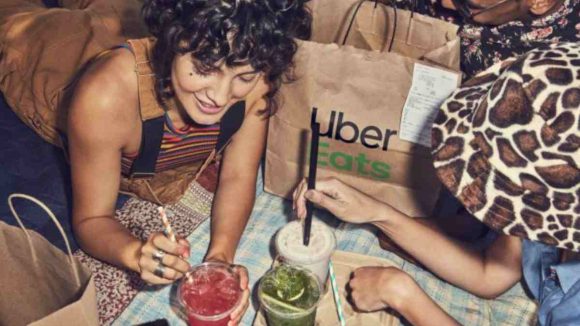Uber Eats has introduced a new minimum amount that can be spent for its grocery delivery services, or else customers must pay a fee. Customers spending less than $10 on groceries will be hit with a nearly $3 charge. This is on top of the delivery and service fees customers must already pay.
A small order leads to disproportionately higher delivery costs. It has the potential to impact your business’s overall profitability. Let’s think of the packaging, transportation, and handling costs. It all adds up. What do you do as an online business when a customer’s order is not worth the expenses?
Restaurant owners can breathe a sigh of relief as they won’t be affected by the additional fee. Customers who order food deliveries from restaurants below the threshold won’t be punished. However, if they order from supermarkets and bottle stores, extra costs will be involved.
Uber Eats spokesperson says most customers already spend more than the minimum threshold. “It’s not a change we anticipate will be felt by many, but it will allow us to operate a more efficient platform.”
ALSO READ: You can now order from two stores at the same time
Strategy for small businesses
Is your small business startup facing the same dilemma when customers order below the point where the order is making business sense? Here are some strategies to think about:
Increased operational costs: Small orders can lead to disproportionately higher delivery costs.
Reduced profit margins: Additional costs that come with delivering small orders can squeeze the profit margins.
Operational inefficiency: It may not be as efficient as larger orders, which could result in complex and slow overall order fulfillment.
Strain on logistics: Small orders strain logistics ‘operations’, especially when you rely on third-party delivery services. It can lead to delays and dissatisfaction.
What if you don’t want to impose an additional fee on small orders?
Here are some ideas:
Bundled offerings or package deals: This will encourage customers to buy more orders than purchasing a single item. It also reduces the delivery costs per item.
Loyalty programs for larger orders: This will reward customers for larger orders. It can be exclusive offers, reward points, or discounts.
Open communication: Take your customers into your confidence and explain how it impacts the overall output of the business. Educate your customers on the savings they can make if they order more items.
Consider self-pickup options: To reduce the impact on logistics and delivery costs, consider pick-up points to reduce extra expenses.
About the author
Mia is a multi-award-winning journalist. She has more than 14 years of experience in mainstream media. She's covered many historic moments that happened in Africa and internationally. She has a strong focus on human interest stories, to bring her readers and viewers closer to the topics at hand.











